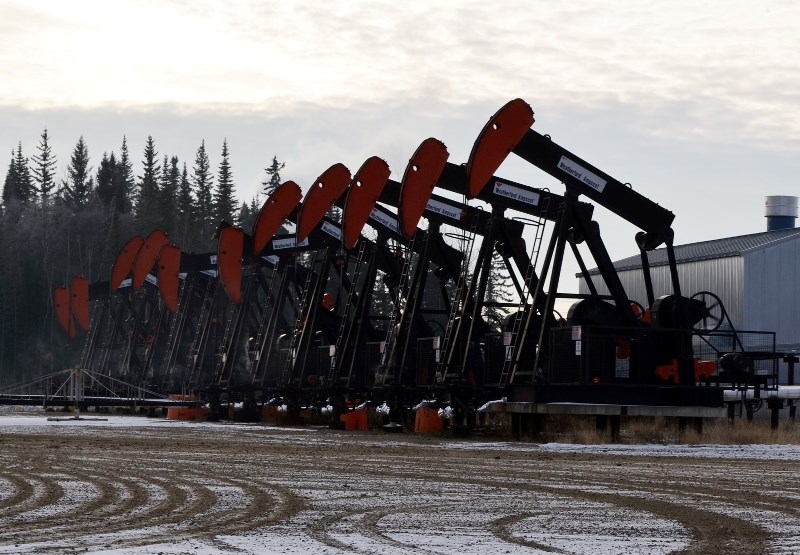Since touching down in the 1960s, the oil and gas industry has played a key role in the growth of the Lakeland. Prior to 1962, oil had never been discovered in the region.
Since touching down in the 1960s, the oil and gas industry has played a key role in the growth of the Lakeland.
Prior to 1962, oil had never been discovered in the region. It was then that former Imperial Oil employee James McAlary reported a find of oil coated sand beneath the Cold Lake area.
In 1964, Imperial set up a four-well pilot plant in Ethel Lake, marking the beginning of the oil industry in the area.
Eight years later, in 1972, they added a 23-well project at May Lake, before building a 53-well operation in Leming.
By 1976, Imperial had begun producing out of the region, providing a major boost to the local economy. The upswing encouraged Imperial to propose a $4-billion, 145,000 barrel per day production plant in the region.
The proposal was tabled in 1981, after the costs surrounding the project went up, while oil prices went downwards.
Residents and business owners had to learn to cope with the ebbs and flows of the industry, while it became established in the region.
"We were booming at first, but by 1981, we were in a bust. I couldn't get a job out of high school, so I went to college. When I was in college, we were booming again. When I got out, we were in another bust," detailed Linda Dunn curatorial manager for Cold Lake Museums.
Two years after the initial $4-billion dollar proposal in 1983, the same project was scaled down. Upon completion, Imperial's plant became the largest in-situ oilsands operation in Alberta during the 1980s. By the year 1991, the Imperial operation was producing 90,000 barrels of oil per day.
Leading up to the year 2000, companies handled the swings well. Owners would have no trouble preparing for the downtimes, meaning they could enjoy the uptimes.
"Businesses expected the bust economy and prepared for it, and the boom was just the gravy on top of that," explained Dunn.
Since then, oil and gas has played a huge part in constant growth throughout the Lakeland.
Cenovus Energy entered the region in 1996, building their Foster Creek operation on the Cold Lake Air Weapons Range. By 2001, Foster Creek had started producing commercially, and still churns out 180,000 barrels per day.
Recently, Osum Oil Sands Corp. purchased the Orion oilsands project from Shell Canada for $325-million in 2014.
While companies were more than happy with the development of the region, the constant upswing meant the industry was hit hard by the most recent downturn.
"For most of the last 20 years we have been in this boom economy where we have been growing steadily. In the last few years, we have started to feel the effects of a bust, and companies for some reason forgot how it used to be and were scrambling," Dunn explained.
Despite the recent downturn, Dunn doesn't expect the importance of the oil and gas industry to change anytime soon. Stressing that it needed to be done in an environmentally-conscious way, she hopes the industry can continue to expand.
Over the years, other companies have followed suit, setting up operations across the region. Husky's Tucker Lake, and CNRL's Wolf Lake/Primrose sites are just some of the examples of how the industry has grown.
As it has since it arrived in 1962, Dunn expects the trajectory of the oil industry to continue to play a role in the community.
"This is what we have and we have to utilize it. We couldn't slow things down oil wise. We wouldn't survive in this town, or this region. Even if we had other employment, we wouldn't survive," expressed Dunn.
